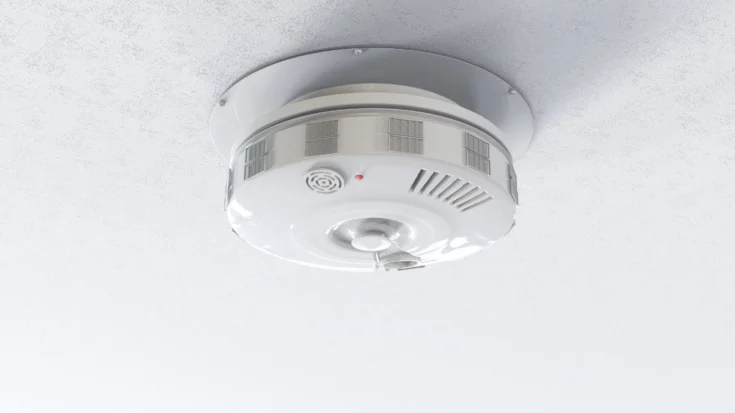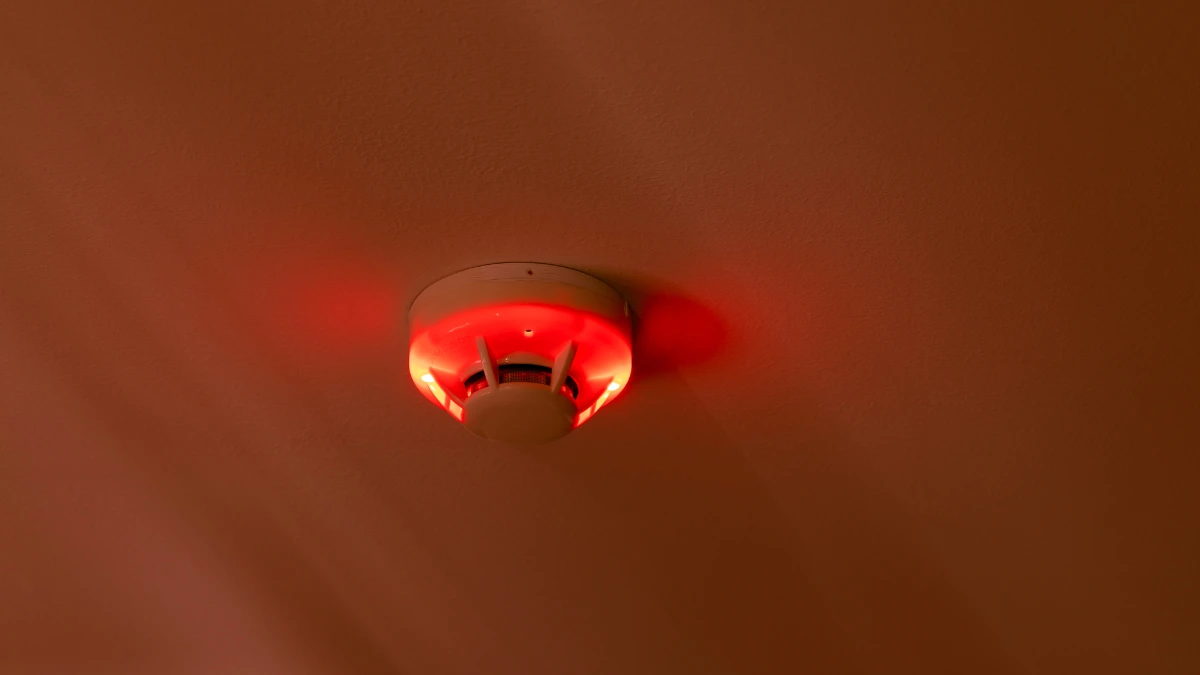The use of heat detectors is needed in detecting fires so that quick action can be taken to extinguish the fire. Not only that, the importance of using heat detectors includes several other things such as detecting rising temperatures to can be installed in strategic places.
This article will inform you about the heat detector from its definition, how it works, functions, and regulations in Indonesia.
Table of Contents
What is a Heat Detector
The main function of a heat detector is to detect a significant increase in temperature in an area, which is generally the first sign of a fire. It works by monitoring changes in ambient temperature and will activate an alarm to the fire control system if the programmed temperature limit is exceeded.
Also Read
How Heat Detector Works

Heat detectors work by detecting changes in the surrounding temperature, here are the details of how the device works:
- Sensors detect temperature changes: The device are equipped with sensors that are sensitive to temperature changes. These sensors constantly monitor the temperature of the surrounding environment.
- Alarm triggering: The alarm on the device will work when the sensor detects a rise in temperature that exceeds a predetermined threshold.
- Alarm signal transmitted: The alarm signal from the device will be sent to the fire alarm control panel, which will then trigger the warning alarm.
The Functions of Heat Detector

The main function of a heat detector is to detect a significant rise in temperature in an area, which usually indicates a fire. Here are some of the functions of the device:
1. Detecting rising temperatures
One of the main functions of a heat detector is its ability to detect rising temperatures. The device operate by monitoring the surrounding temperature to trigger an alarm.
If the surrounding temperature exceeds a predetermined threshold or experiences a rapid temperature rise, the sensor will work to trigger an alarm indicating a possible initial cause of the fire.
2. Early warning
In addition, heat detectors are needed as an early warning. Providing a quick fire warning signal, allows people to take precautions or evacuate before the fire develops into a more severe one.
3. More effective in certain situations
Of the several types of fire sensors, heat detectors are more effective in certain situations. They are more effective when placed in areas where there is a lot of dust, vapor, or smoke that does not originate from a fire.
4. Can be installed in strategic places
Another function of the device is its ability to be installed in strategic places. This tool is usually installed in areas with high fire potential, such as kitchens, engine rooms, or warehouses.
Heat Detector Regulations in Indonesia

The heat detector uses communication technologies such as LoRaWAN that operate within a specific frequency spectrum. In Indonesia, any LoRaWAN-based wireless device is required to have DJID (Directorate General of Digital Infrastructure) under the Ministry of Communication and Digital (KOMDIGI).
Heat detector regulations are based on KEPMEN No. 5 Tahun 2024, which requires all LoRaWAN-based devices to meet specific technical standards before being sold in the country.
The DJID certification ensures that the product meets government safety and quality regulations and does not interfere with other communication devices. The certification process involves technical testing, such as frequency adjustments, safety checks, and compatibility with the surrounding environment.
Once the tests are completed, products that pass are listed in a Test Result Report, which confirms that the product is safe and ready for sale in Indonesia. This report reassures customers that the product meets technical standards and is secure.
For companies wanting to sell heat detectors in Indonesia, Type Approval Certification Services for ICT Products are available to assist with this process. This service includes preparing technical and legal documents, conducting required testing, ensuring compliance with regulations, helping companies streamline the certification process, and giving consumers confidence in certified products.











